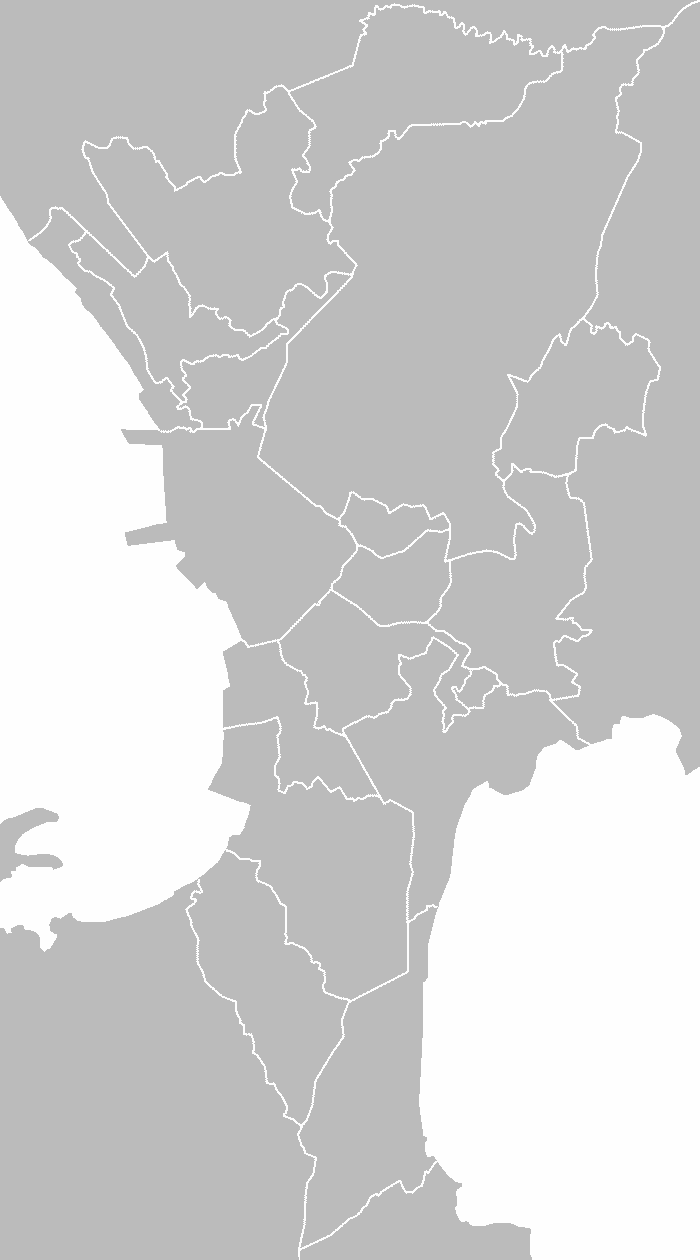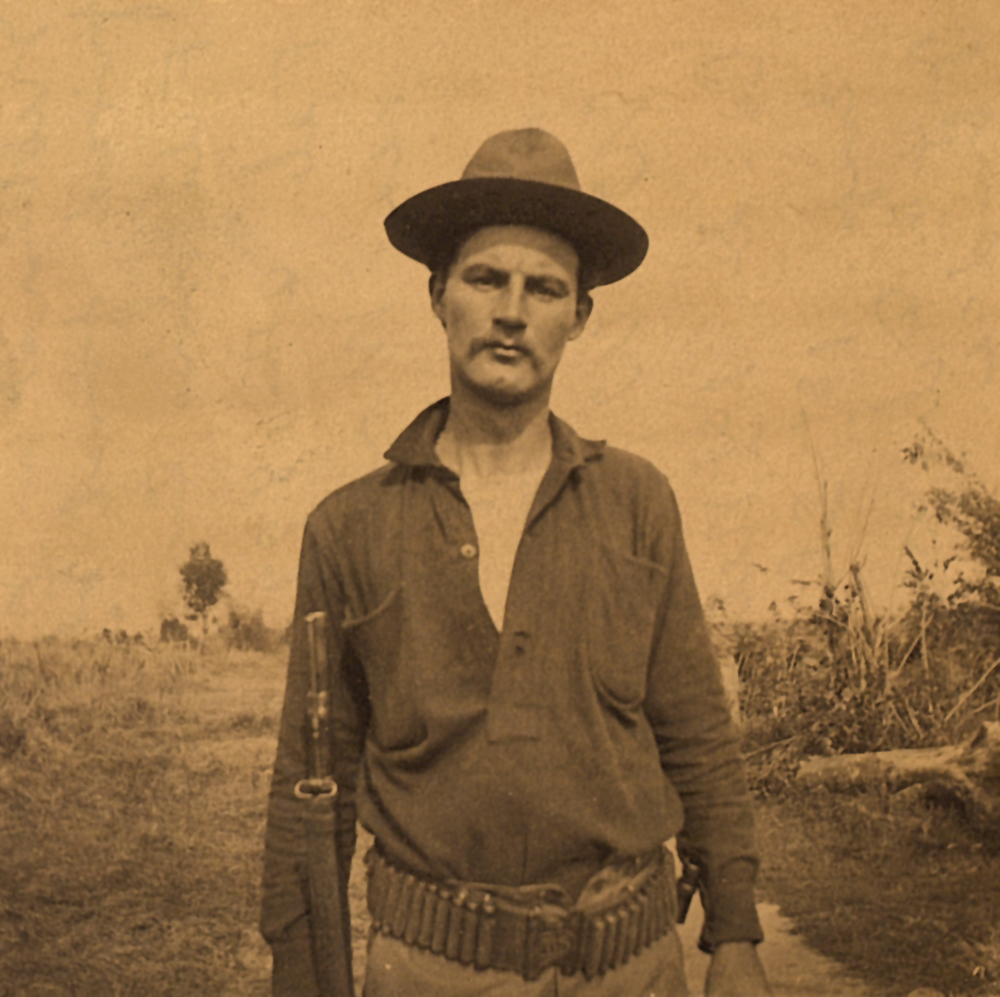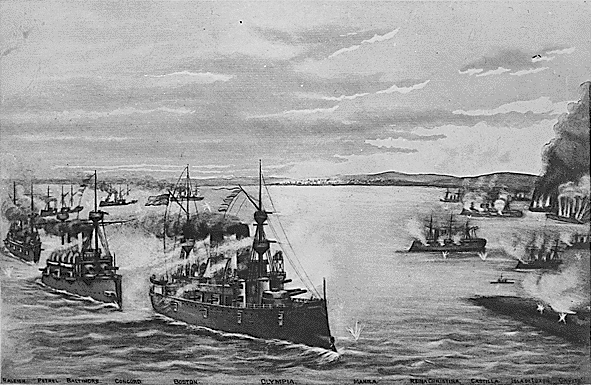|
Battle Of Manila (other)
Battle of Manila may refer to: Land battles * Battle of Manila (1570), Spanish forces from Mexico vs. Muslims from Brunei * Battle of Manila (1574), Chinese Pirate Warlord "Limahong" vs. the Spanish * Battle of Manila (1762), British take Manila during the Seven Years' War * Raid on Manila (1798), British reconnaissance operation during French Revolutionary Wars * Battle of Manila (1896), Filipino Revolutionaries vs. the Spanish during the Philippine Revolution * Battle of Manila (1898), United States and Filipino Revolutionaries vs. the Spanish during the Spanish–American War * Battle of Manila (1899), Filipino forces vs. the United States during the Philippine–American War * Battle of Manila (1945), Liberation of Manila from Japan during World War II Naval battles * Battle of Manila Bay (1898) See also * Battle of Bangkusay Channel (1571) * Battles of La Naval de Manila (1646) * Battle of the Philippines (other) * Philippine revolts against Spain Durin ... [...More Info...] [...Related Items...] OR: [Wikipedia] [Google] [Baidu] |
Battle Of Manila (1570)
The Battle of Manila (1570) (Spanish: ''Batalla de Manila en el 1570''; fil, Labanan bago ang pagsakop ng Kastila sa Maynila; ) was fought in Manila between the native Filipinos led by King Sulayman, and the Spaniards led by Martin de Goiti, ''maestre de campo'', on 24 May 1570. Goiti's forces were victorious and Manila later became the capital of the Spanish East Indies. Events By the late 1560s, Miguel López de Legazpi who had left Mexico with a retinue of Spanish and Mexican soldiers, was already searching for a more suitable place to establish the Spanish colonial capital, having found first Cebu and then Iloilo undesirable because of insufficient food supplies and attacks by Portuguese pirates. He was in Cebu when he first heard about a well-supplied, fortified settlement to the north, and sent messages of friendship to its ruler, Rajah Matanda, whom he addressed as "King of Luzon." In 1570, Legazpi put Martin de Goiti in command of an expedition north to Manila an ... [...More Info...] [...Related Items...] OR: [Wikipedia] [Google] [Baidu] |
Battle Of Manila (1574)
The Battle of Manila (1574) ( es, Batalla de Manila en el 1574; Filipino: ''Labanan sa Maynila ng 1574'') was a battle in the Manila area mainly in the location of what is now Parañaque between Chinese and Japanese pirates, led by Limahong, and the Spanish colonial forces and their native allies. The battle occurred on November 29, 1574 when Limahong's fleet landed in the town of Parañaque and from there, began to assault the fortifications of Intramuros. Initially, the inhabitants where disorganized and Limahong's forces routed them. Furthermore, the Chinese killed the Master-of-Camp of the Spanish, Martin de Goiti. This caused them to delay their assault on Manila as Martin de Goiti's house was an obstacle in their march. Limahong's forces laid siege to Manila until a force, led by Juan de Salcedo, of fifty Spanish musketeers broke the siege. Having been defeated at Manila, Limahong retreated and abandoned his plans to invade Manila and instead settled in Pangasinan. A y ... [...More Info...] [...Related Items...] OR: [Wikipedia] [Google] [Baidu] |
Battle Of Manila (1762)
The Battle of Manila ( fil, Labanan sa Maynila ng mga Kastila at Ingles; es, Batalla de Manila) was fought during the Seven Years' War, from 24 September 1762 to 6 October 1762, between the Kingdom of Great Britain and the Kingdom of Spain in and around Manila, the capital of the Philippines, a Spanish colony at that time. The British won, leading to a twenty-month occupation of Manila. Prelude The British Ministry approved Col. Draper's plans for an invasion of the Philippines and , under Capt. Cathcart Grant, was sent to intercept Manila bound vessels. The first portion of the invasion fleet sailed from India on 21 July, under Commodore Richard Tiddeman in , followed by the remainder under Vice-Admiral Sir Samuel Cornish, 1st Baronet on 1 August. (of 74 guns) served as the vice-admiral's flagship. The other ships of the line were the ''Elizabeth'' (64 guns), (74), (68), (60), (60), (60) and (50), while there were also three frigates – (28), (20) and (20) – and ... [...More Info...] [...Related Items...] OR: [Wikipedia] [Google] [Baidu] |
Raid On Manila (1798)
The Raid on Manila of January 1798 was a Royal Navy false flag military operation during the French Revolutionary Wars intended to scout the strength of the defences of Manila, capital of the Spanish Philippines, capture a Manila galleon and assess the condition of the Spanish Navy squadron maintained in the port. Spain had transformed from an ally of Great Britain in the War of the First Coalition into an enemy in 1796. Thus the presence of a powerful Spanish squadron at Manila posed a threat to the China Fleet, an annual convoy of East Indiaman merchant ships from Macau in Qing Dynasty China to Britain, which was of vital economic importance to Britain. So severe was this threat that a major invasion of the Spanish Philippines had been planned from British India during 1797, but had been called off following the Treaty of Campo Formio in Europe and the possibility of a major war in India between the British East India Company and the Kingdom of Mysore. To ensure the safet ... [...More Info...] [...Related Items...] OR: [Wikipedia] [Google] [Baidu] |
Battle Of Manila (1896)
The Battle of Manila of 1896 (Filipino: ''Labanan sa Maynila''; es, Batalla de Manila) occurred in Manila in the Spanish colony of the Philippines during the Philippine Revolution. Katipunan under Andres Bonifacio attempted to take the city but the attempt failed, and Bonifacio retreated to the city's outskirts. The Battle of San Juan del Monte was joined a day later when Bonifacio attempted to capture the San Juan's powder magazine, but this too failed. Bonifacio's plan Since the start of the revolution, the city of Manila, and specifically its walled center Intramuros, was the primary target of ''El Supremo'' Andres Bonifacio and his Katipuneros. The take over of Intramuros had been a logical move for any uprising trying to overthrow the Spanish colonial regime in the Philippines. In this area were the ''Ayuntamiento'' (City Hall), ''Intendencia'', and ''Palacio Arzobispal'' (Archbishop's Palace). The seat of the Governor-General was in Malacañang Palace, 300 paces fro ... [...More Info...] [...Related Items...] OR: [Wikipedia] [Google] [Baidu] |
Battle Of Manila (1898)
The Battle of Manila ( fil, Labanan sa Maynila; es, Batalla de Manila), sometimes called the Mock Battle of Manila, was a land engagement which took place in Manila on August 13, 1898, at the end of the Spanish–American War, four months after the decisive victory by Commodore (United States), Commodore George Dewey, Dewey's Asiatic Squadron at the Battle of Manila Bay. The belligerents were Spanish forces led by Governor-General of the Philippines Fermín Jáudenes, and American forces led by United States Army Major general (United States), Major General Wesley Merritt and United States Navy Commodore George Dewey. American forces were supported by units of the Philippine Revolutionary Army, led by Emilio Aguinaldo. The battle is sometimes referred to as the "Mock Battle of Manila" because the local commanders of the Spanish and American forces, who were legally at war, secretly and jointly planned the battle to transfer control of the city center from the Spanish to the A ... [...More Info...] [...Related Items...] OR: [Wikipedia] [Google] [Baidu] |
Battle Of Manila (1899)
The Battle of Manila (Filipino: ''Labanan sa Maynila''; es, Batalla de Manila), the first and largest battle of the Philippine–American War, was fought on February 4–5, 1899, between 19,000 American soldiers and 15,000 Filipino armed militiamen. Armed conflict broke out when American troops, under orders to turn away insurgents from their encampment, fired upon an encroaching group of Filipinos. Philippine President Emilio Aguinaldo attempted to broker a ceasefire, but American General Elwell Stephen Otis rejected it and fighting escalated the next day. It ended in an American victory, although minor skirmishes continued for several days afterward. Disposition of forces Filipino forces After the surrender of Manila to American forces by the Spanish in 1898, General Aguinaldo demanded occupation of a line of blockhouses on the Zapote Line, which had been the Spanish defensive perimeter. General Otis initially refused this, but later said that he would not object unless ... [...More Info...] [...Related Items...] OR: [Wikipedia] [Google] [Baidu] |
Battle Of Manila (1945)
The Battle of Manila ( fil, Labanan sa Maynila; ja, マニラの戦い; es, Batalla de Manila; ) was a major battle of the Philippine campaign of 1944–45, during the Second World War. It was fought by forces from both the United States and the Philippines against Japanese troops in Manila, the capital city of the Philippines. The month-long battle, which resulted in the death of over 100,000 civilians and the complete devastation of the city, was the scene of the worst urban fighting fought by American forces in the Pacific theater. Japanese forces committed mass murder against Filipino civilians during the battle and American firepower killed many people. Japanese resistance and American artillery also destroyed much of Manila's architectural and cultural heritage dating back to the city's founding. Manila became one of the most devastated capital cities during the entire war, alongside Berlin and Warsaw. The battle ended the almost three years of Japanese military occu ... [...More Info...] [...Related Items...] OR: [Wikipedia] [Google] [Baidu] |
Battle Of Manila Bay
The Battle of Manila Bay ( fil, Labanan sa Look ng Maynila; es, Batalla de Bahía de Manila), also known as the Battle of Cavite, took place on 1 May 1898, during the Spanish–American War. The American Asiatic Squadron under Commodore George Dewey engaged and destroyed the Spanish Pacific Squadron under ''Contraalmirante'' (Rear admiral) Patricio Montojo. The battle took place in Manila Bay in the Philippines, and was the first major engagement of the Spanish–American War. The battle was one of the most decisive naval battles in history and marked the end of the Spanish colonial period in Philippine history. Tensions between Spain and the United States worsened over the Spanish conduct during their efforts to quell the Cuban War of Independence, with many Americans being agitated by largely falsified reports of Spanish atrocities against the Cuban population. In January 1898, fearing the fate of American interests in Cuba due to the war, the cruiser USS ''Main ... [...More Info...] [...Related Items...] OR: [Wikipedia] [Google] [Baidu] |
Battle Of Bangkusay Channel
The Battle of Bangkusay ( fil, Labanan sa Ilog Bangkusay; es, Batalla de Bangkusay), on June 3, 1571, was a naval engagement that marked the last resistance by locals to the Spanish Empire's occupation and colonization of the Pasig River delta, which had been the site of the indigenous polities of Rajahnate of Maynila and Tondo. Tarik Sulayman, the chief of Macabebes, refused to ally with the Spanish and decided to mount an attack at Bangkusay Channel on Spanish forces, led by Miguel López de Legazpi. Sulayman's forces were defeated, and Sulayman himself was killed. The Spanish victory in Bangkusay and Legazpi's alliance with Lakandula of Tondo, enabled the Spaniards to establish themselves throughout the city and its neighboring towns. Historical Account Background Miguel López de Legazpi was searching for a suitable place to establish the Spanish colonial capital after being forced to leave first Cebu and then Iloilo by Portuguese pirates. In 1570, Martin de Go ... [...More Info...] [...Related Items...] OR: [Wikipedia] [Google] [Baidu] |
Battles Of La Naval De Manila
The Battles of La Naval de Manila ( es, Batallas de las marinas de Manila) were a series of five naval battles fought in the waters of the Spanish East Indies in the year 1646, in which the forces of the Spanish Empire repelled various attempts by forces of the Dutch Republic to invade Manila, during the Eighty Years' War. The Spanish forces, which included many native volunteers, consisted of two, and later, three Manila galleons, a galley and four brigantines. They neutralized a Dutch fleet of nineteen warships, divided into three separate squadrons. Heavy damage was inflicted upon the Dutch squadrons by the Spanish forces, forcing the Dutch to abandon their invasion of the Philippines. The victories against the Dutch invaders were attributed by the Spanish troops to the intercession of the Virgin Mary under the title of Our Lady of La Naval de Manila. On 9 April 1652, the victories in the five sea battles were declared a miracle by the Archdiocese of Manila after a thorou ... [...More Info...] [...Related Items...] OR: [Wikipedia] [Google] [Baidu] |
Battle Of The Philippines (other)
Battle of the Philippines may refer to several wars, military campaigns, and major battles which have been fought in the Philippine Islands, including: *Spanish conquest **Battle of Bangkusay Channel **1582 Cagayan battles ** Tondo Conspiracy ** Bankaw revolt ** Battle of Puerto de Cavite * Philippine revolts against Spain *The Philippine Revolution (1896–98), called the "Tagalog War" by the Spanish, a military conflict between the people of the Philippines and the Spanish colonial authorities **Battle of San Mateo and Montalban ** Battle of San Francisco de Malabon **Battle of San Juan del Monte ** Kawit revolt **Battle of Sambat **Battle of Pateros **Battle of Camalig **Battles of Batangas **Battle of Talisay ** Battle of Pasong Tamo ** Battle of Imus **Battle of Binakayan-Dalahican **Battle of Kakarong de Sili **Battle of Perez Dasmariñas **Cry of Tarlac **Battle of Zapote Bridge (1897) **Battle of Calamba **Battle of Tayabas **Battle of Tres de Abril **Siege of Zamboanga ** ... [...More Info...] [...Related Items...] OR: [Wikipedia] [Google] [Baidu] |








